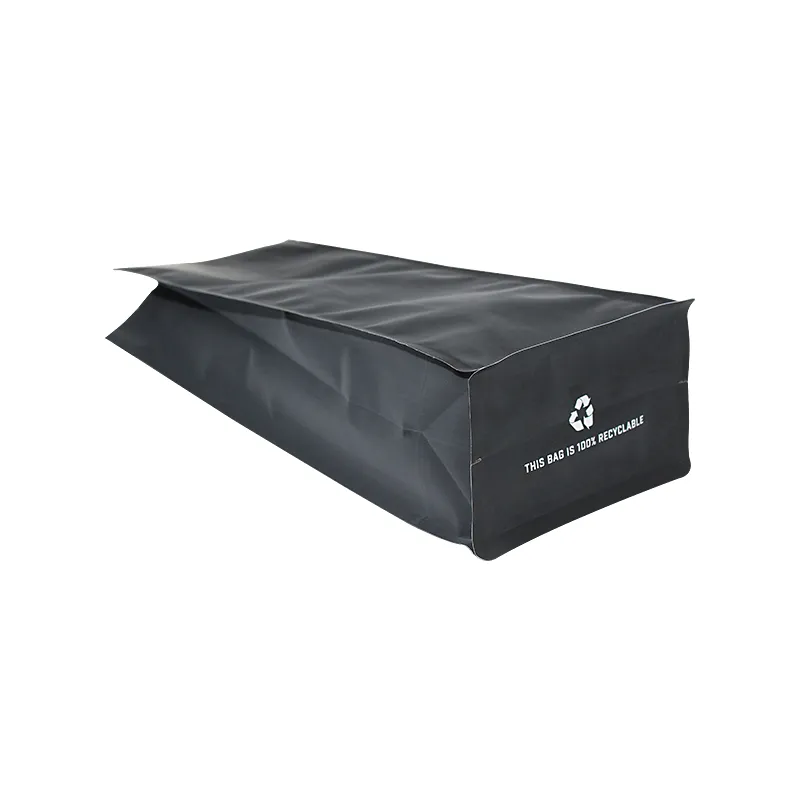Converting 1/8 Inch to Millimeters for Accurate Measurements and Specifications
Understanding the Conversion from 1/8 Inch to Millimeters A Comprehensive Guide
Measurement conversions are an essential skill in various fields, including engineering, manufacturing, and everyday life. One common conversion that many people encounter is from inches to millimeters. In this article, we will focus specifically on the conversion of 1/8 inch to millimeters, exploring the significance of this measurement, the conversion process, and its practical applications.
What is an Inch?
The inch is a unit of length in the imperial system of measurement, widely used in the United States and other countries that have not completely adopted the metric system. It is defined as 1/12 of a foot and is approximately equal to 25.4 millimeters. The inch is further subdivided into smaller units, with 1/8 inch being one of the common fractions used in various applications.
What is a Millimeter?
The millimeter (mm) is a unit of length in the metric system, which is used globally. It is a subunit of the meter, where one meter equals 1,000 millimeters. The millimeter is frequently used in scientific and engineering contexts because of its precision and ease of use in calculations.
Conversion Process
To convert 1/8 inch to millimeters, we start by understanding the relationship between inches and millimeters. The conversion factor you need is that 1 inch equals 25.4 millimeters. To perform the conversion, you can utilize the following formula
\[ \text{Millimeters} = \text{Inches} \times 25.4 \]
Since we are interested in 1/8 inch, we express this mathematically as
\[ \text{Millimeters} = \left(\frac{1}{8}\right) \times 25.4 \]
Now, we can calculate this step by step
1/8 inch to mm conversion

1. Calculate 1/8 \[ \frac{1}{8} = 0.125 \]
2. Multiply by 25.4 \[ 0.125 \times 25.4 = 3.175 \]
Therefore, 1/8 inch is equal to 3.175 millimeters.
Practical Applications of the Conversion
1. Manufacturing and Engineering In engineering designs and manufacturing processes, precise measurements are crucial. Knowing the conversion from inches to millimeters allows engineers to create accurate specifications and ensure compatibility between parts, particularly in international transactions.
2. Crafts and DIY Projects Hobbyists and DIY enthusiasts often work with various materials which may be sold in either metric or imperial measurements. Understanding how to convert these measurements allows individuals to choose the correct size components without the risk of errors.
3. Medical Applications In fields such as medical instrumentation, tools, and equipment are often measured in millimeters. For instance, when designing surgical instruments, engineers must convert sizes from inches to millimeters to maintain precision and functionality.
4. Automotive Industry Car manufacturers use both metric and imperial systems, especially in tires and wheels. Understanding the sizes in both units allows consumers to make informed choices when purchasing tires, fittings, or other components.
5. Education Students learning about measurement conversions in math or science can benefit from understanding both systems, as many countries use the metric system while others stick strictly to imperial.
Conclusion
The conversion from 1/8 inch to millimeters might seem simple—resulting in 3.175 mm—but it is a fundamental skill important in various sectors. Mastering unit conversions like this not only enhances precision in work but also fosters clear communication in fields that rely on measurements. Whether you’re an engineer, a craftsman, or a student, understanding such conversions can be incredibly valuable. As the world increasingly embraces globalization, bridging the gap between measurement systems will continue to be an essential skill for all.













